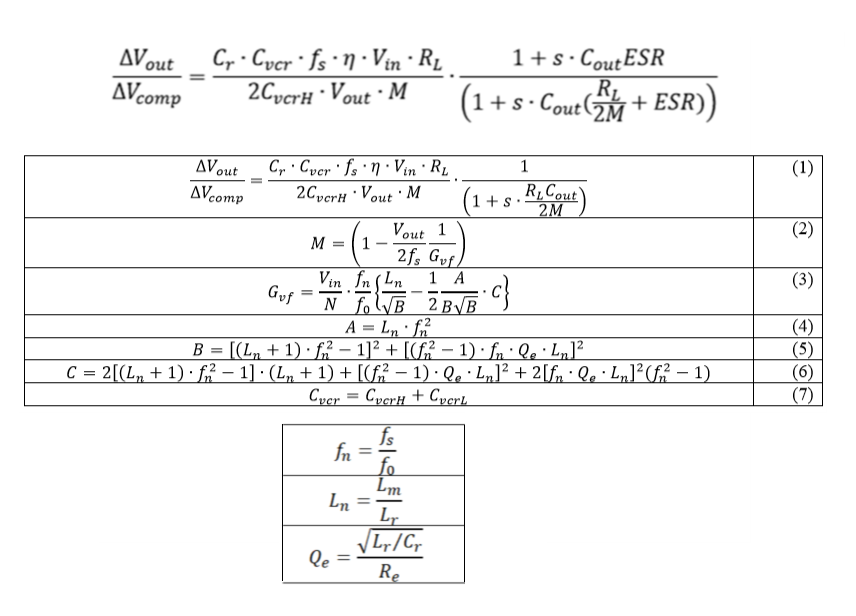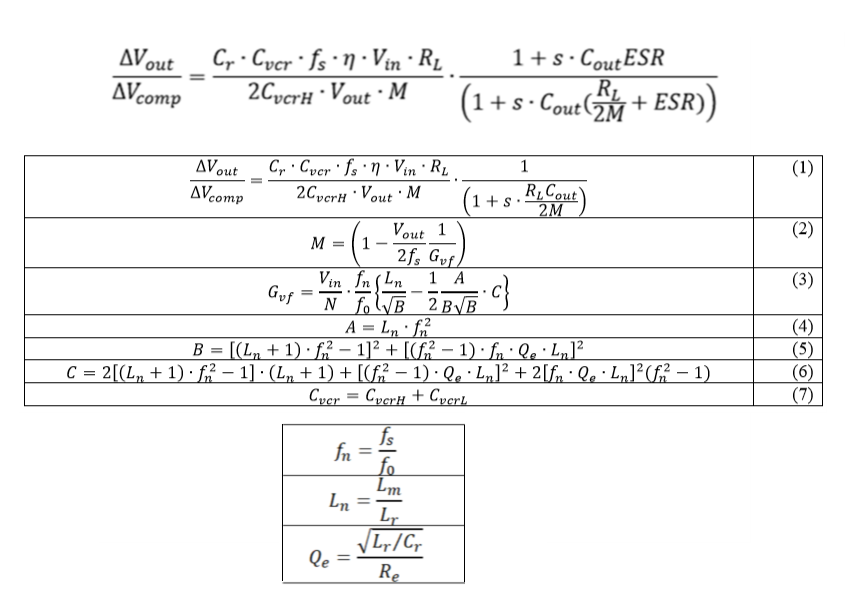Other Parts Discussed in Thread: TL431, UCC25640EVM-020
I am missing the loop gain equations for the UCC256402, like whats the formula for Ires/Vfb? - there is a detailed design procedure in the datasheet, but it doesnt mention anything about loop gain?
like the components around the TL431 - how's the pole/zero selected?
best regards
Kim N Madsen



